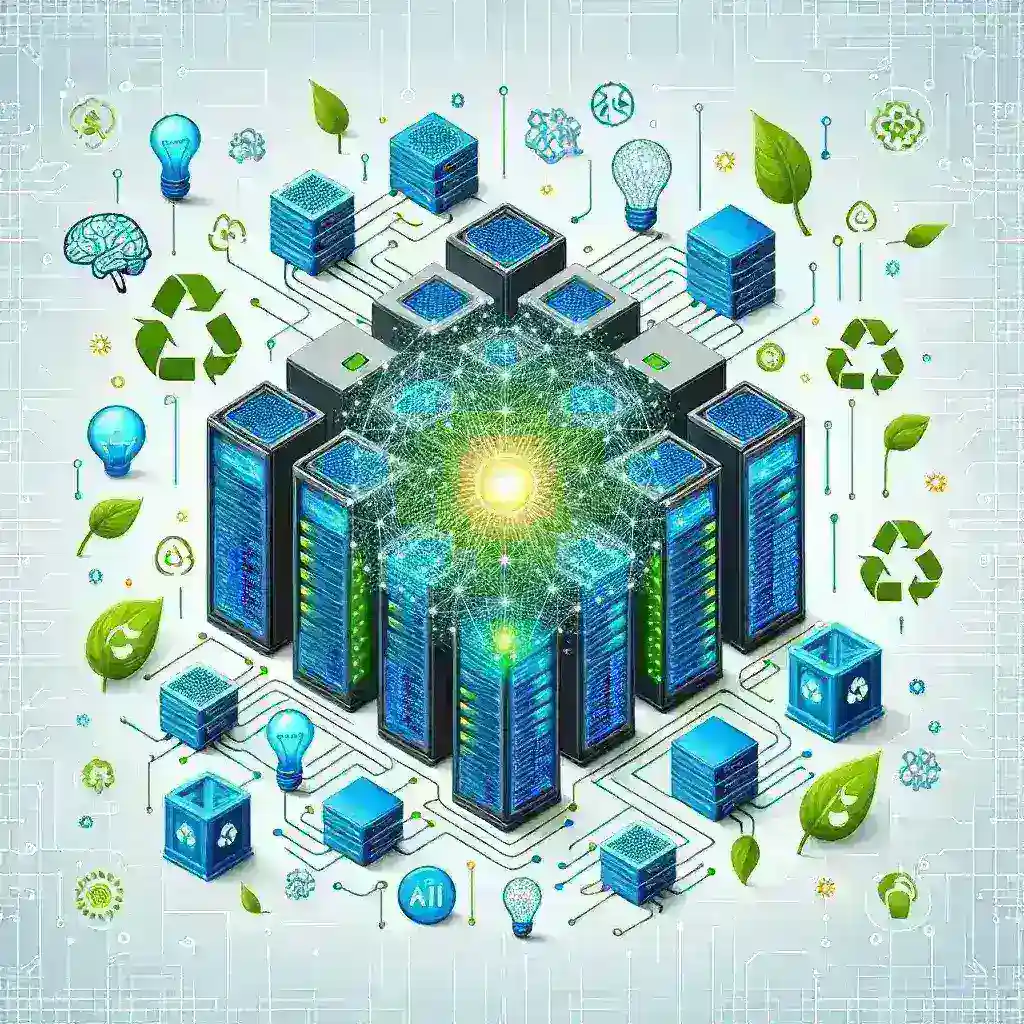Introduction
In recent years, the rise of artificial intelligence (AI) has significantly transformed various sectors, with data centers being at the forefront of this change. As organizations increasingly depend on AI workloads for data processing, machine learning, and analytics, the demand for energy efficiency within data centers has become more critical than ever. This article delves into how AI workloads drive energy efficiency demand in data centers, exploring historical context, current trends, future predictions, and practical solutions.
The Historical Context of Data Centers and AI
Data centers have evolved tremendously since their inception. Initially designed for basic data storage and processing, the role of data centers has expanded with the digital revolution. The introduction of cloud computing, big data, and, most notably, AI has redefined operational paradigms. In the early 2000s, data centers were primarily focused on maximizing uptime and capacity; however, the emergence of AI in the last decade has shifted the focus toward a sustainable and energy-efficient model.
The Role of AI in Data Centers
AI workloads encompass a range of applications, from natural language processing to image recognition, necessitating substantial computational power. These workloads often lead to increased energy consumption, prompting data centers to rethink their energy strategies. The integration of AI into data center operations can drive energy efficiency in several key ways:
- Smart Resource Allocation: AI algorithms can optimize resource allocation in real-time, ensuring that computing power is used efficiently.
- Predictive Maintenance: By analyzing data from hardware components, AI can predict failures and schedule maintenance before issues arise, reducing downtime and energy waste.
- Dynamic Cooling Systems: AI-driven cooling systems can adjust airflow and temperature based on workload demands, leading to significant energy savings.
Current Trends in Energy Efficiency
The Push for Green Data Centers
As the environmental impact of energy consumption becomes more apparent, the push for green data centers has gained momentum. Organizations are increasingly seeking to reduce their carbon footprint, and AI is playing a pivotal role in achieving these sustainability goals. Some current trends include:
- Renewable Energy Integration: Many data centers are now investing in renewable energy sources such as solar and wind to power their operations, complementing AI-driven efficiencies.
- Energy Usage Effectiveness (EUE): This metric is used to gauge the energy efficiency of data centers. AI can help optimize EUE by managing energy consumption more dynamically.
- Liquid Cooling Solutions: Advanced cooling technologies that use liquid instead of air can enhance thermal management and significantly reduce energy costs.
Case Study: Google’s Data Centers
Google has been a pioneer in implementing AI to enhance energy efficiency in its data centers. The company utilizes deep learning algorithms to optimize cooling systems, resulting in a reported 30% reduction in energy usage for cooling. By continually analyzing data from thousands of sensors, Google’s AI systems can dynamically adjust cooling needs based on real-time workload demands.
Future Predictions for AI Workloads and Energy Efficiency
The Growing Importance of AI in Data Center Management
Looking ahead, the role of AI in data centers is expected to expand even further. Predictions suggest that:
- Increased Automation: AI will lead to greater automation in data center management, allowing for more efficient energy usage without human intervention.
- Advanced AI Models: As AI models become more sophisticated, they will enable more precise forecasting and management of energy demands.
- Regulatory Pressures: Governments and regulatory bodies are likely to impose stricter energy efficiency standards, further driving the adoption of AI technologies in data centers.
The Circular Economy Approach
Another future trend is the adoption of a circular economy approach whereby data centers not only focus on energy efficiency but also on recycling and reusing materials. AI will play a crucial role in monitoring and managing resource consumption and waste, leading to sustainable operational practices.
Challenges to Achieving Energy Efficiency
Balancing Performance and Costs
Despite the numerous benefits, implementing AI-driven energy efficiency solutions is not without its challenges. Some key obstacles include:
- Initial Investment Costs: The upfront costs of installing AI systems and energy-efficient technologies can be substantial.
- Complexity of AI Integration: Integrating AI into existing data center infrastructure can be complex and may require specialized skills.
- Data Security Risks: With increased reliance on AI comes the risk of data breaches, necessitating robust cybersecurity measures.
Conclusion
AI workloads are not merely a passing trend; they are driving a fundamental shift in the energy efficiency landscape of data centers. As organizations strive to balance performance, cost, and sustainability, AI technologies offer innovative solutions that can help achieve these goals. By embracing AI-driven efficiencies, data centers can not only reduce their energy consumption but also pave the way for a more sustainable future. As technology continues to evolve, the synergy between AI and energy efficiency will become increasingly vital in shaping the data centers of tomorrow.

